Hotel Cleaning: Guide to Professional Hotel Cleaning Standards
Nov 23, 2025
 Mika Takahashi
Mika TakahashiPopular Categories
Hotel Technology & InnovationHotel Operations OptimizationDigital MarketingIndustry TrendsRevenue ManagementHospitality Industry
Popular Categories
Trending Post
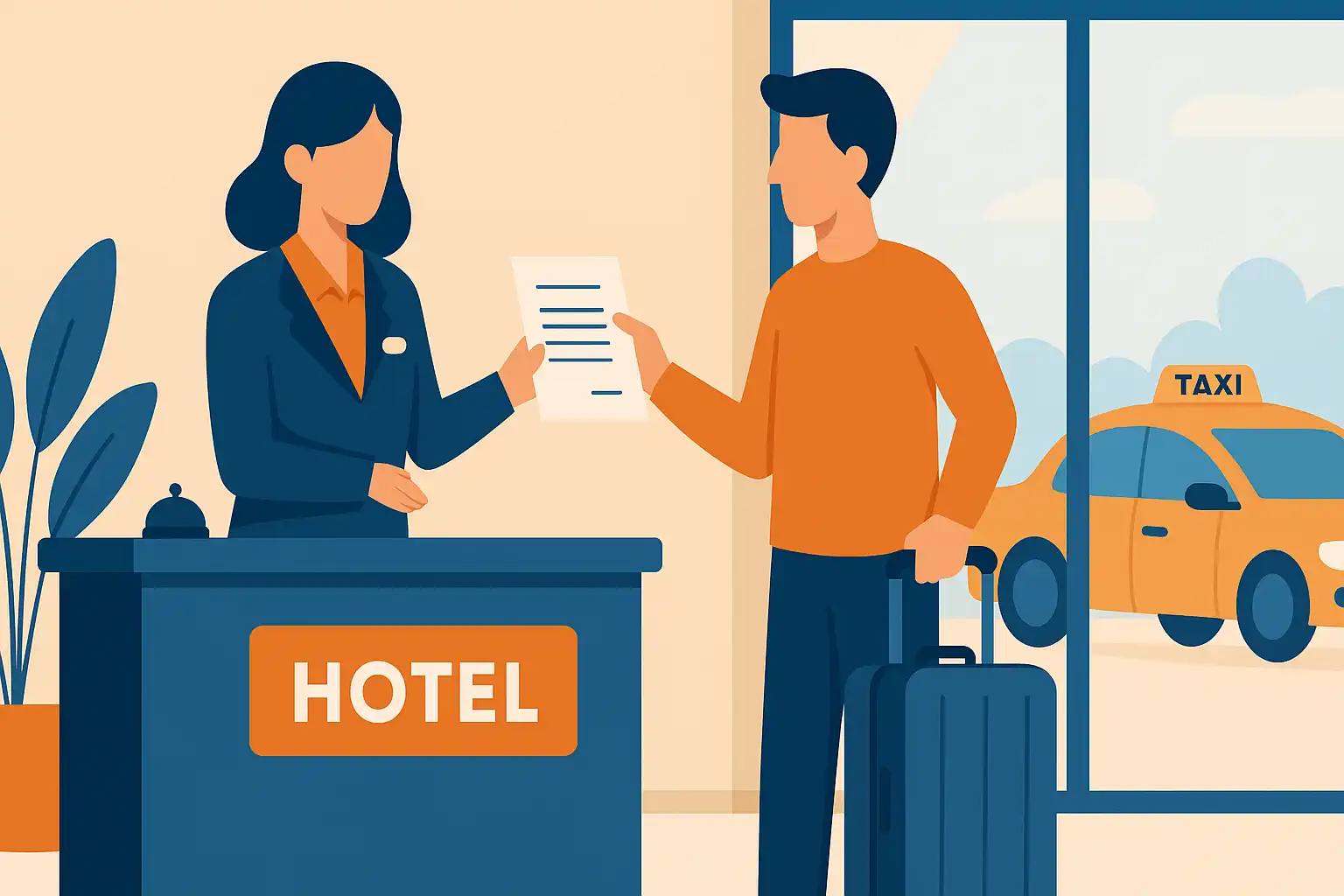
Hotel Walk Letter Template: Professional Guest Communication
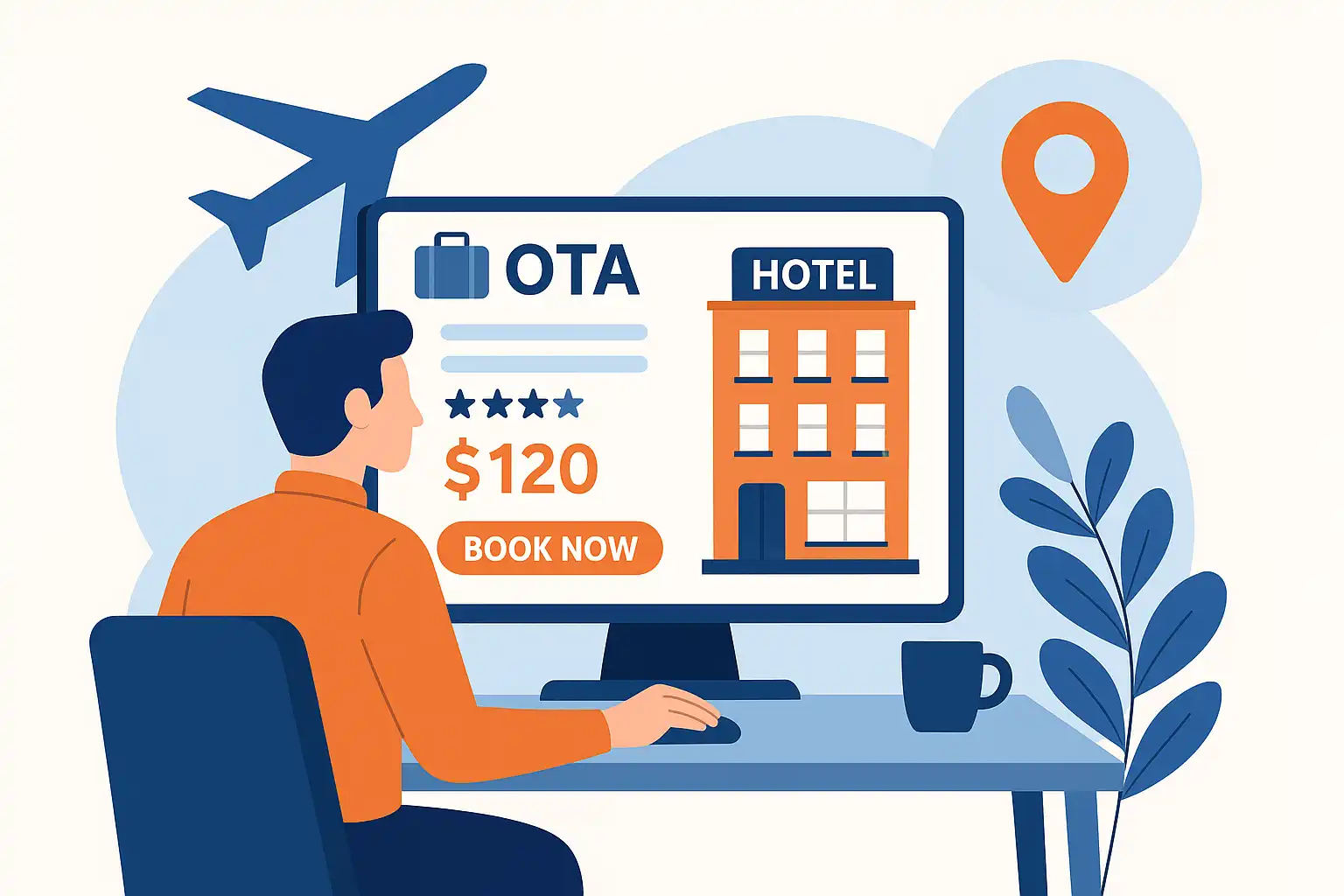
Online Travel Agents: What They Are and How They Work
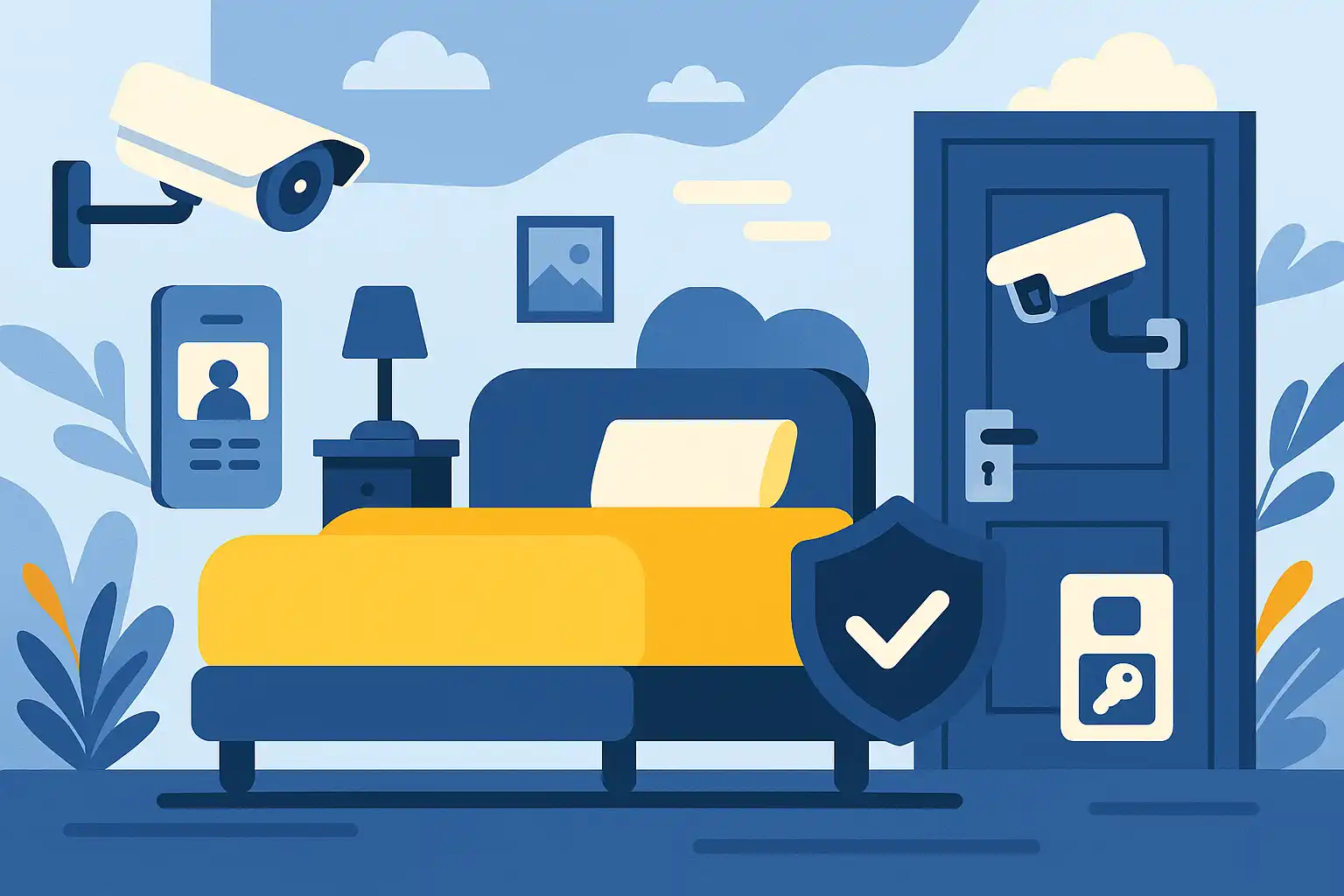
Hotel Security Systems: Modern Protection Solutions

Hotel Advertising: Complete Guide to Boost Bookings and Revenue
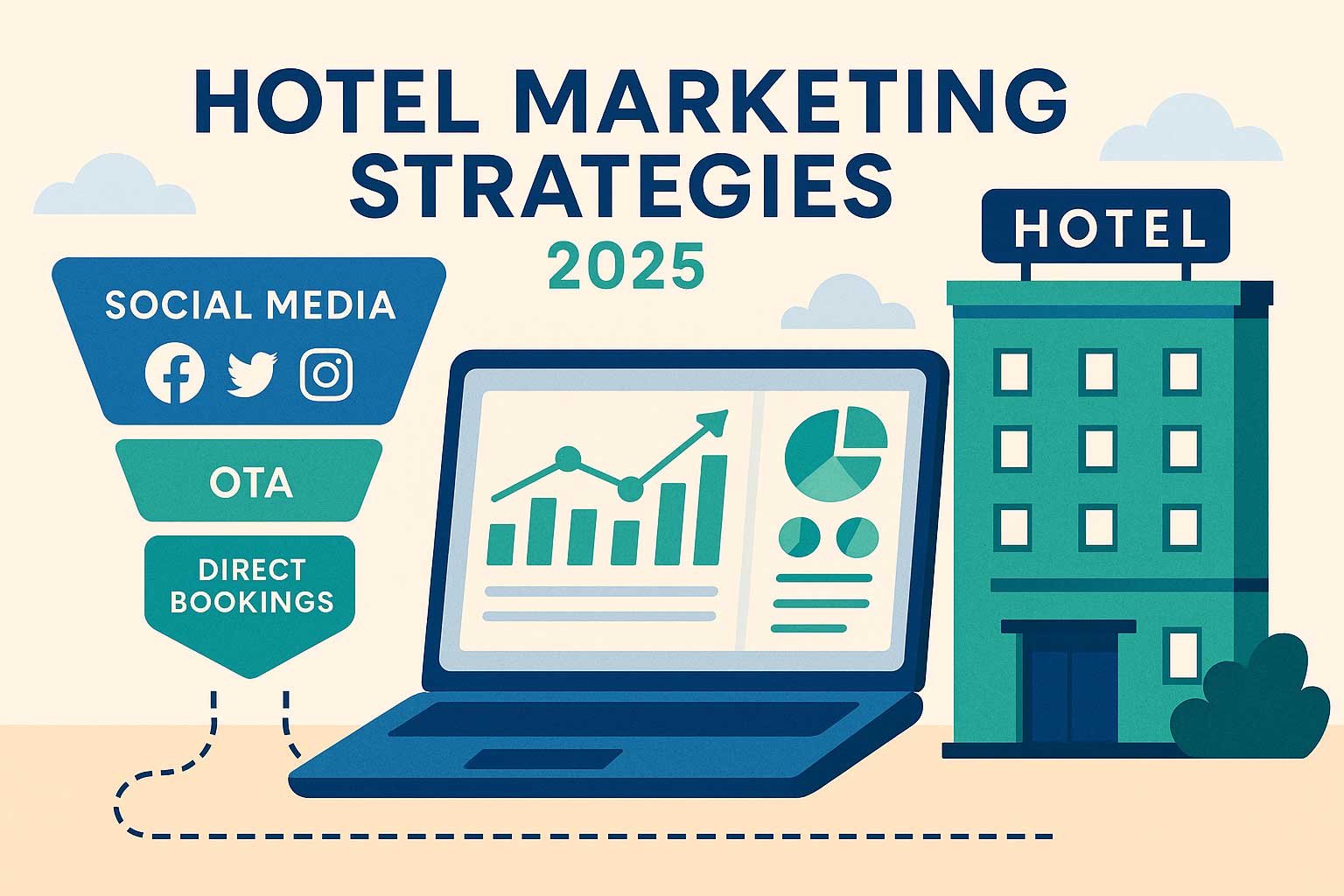
25 Hotel Marketing Strategy Ideas for 2025: Complete Guide

AI Reservation Agent: Revolutionizing Hotel Booking and Guest Experience

PMS Communication: Streamlining Property Management Through Effective Guest Messaging
Table of contents
In hospitality, cleanliness is more than just looking good—it’s about guest safety, satisfaction, and protecting your hotel’s reputation. Today’s travelers expect spotless rooms and shared spaces. Meeting those expectations means going beyond quick tidying to adopt thorough, consistent cleaning protocols.
Hotel cleaning isn’t just about guest rooms and bathrooms. It covers every corner: lobbies, restaurants, gyms, back-of-house areas—you name it. All these spaces shape the guest experience. In fact, studies show 87% of guests say cleanliness is the top factor when choosing a hotel. That’s why getting this right is non-negotiable.
This guide breaks down the essential cleaning routines, quality checks, and management tactics you need to keep your hotel spotless and compliant with health and safety standards. From daily housekeeping to deep cleaning schedules, we cover it all so you can confidently deliver the clean environment your guests expect.
The difference between good housekeeping and excellent service is in the details: systematic room cleaning, proper disinfectant use on high-touch surfaces, and consistent standards across departments. When done right, these efforts protect your hotel’s reputation and create a fresh, welcoming atmosphere that guests notice.

Essential Hotel Cleaning Fundamentals
Running hotel housekeeping means balancing speed with thoroughness. Unlike home cleaning, hotel standards demand quick turnarounds without cutting corners, all while covering diverse spaces.
Your cleaning scope includes guest rooms and bathrooms, plus shared spaces like the lobby, elevators, and gym. High-traffic areas like lobbies need more frequent attention, while guest rooms require a full turnover clean between stays.
Daily cleaning focuses on immediate needs: clean rooms ready for arrivals, empty trash bins, and tidy shared spaces. Deep cleaning is more intensive—think carpet extraction, mattress sanitizing, and full surface disinfection—done on a set schedule.
Guest satisfaction scores directly reflect cleaning quality. Hotels with top-notch cleanliness see higher ratings, repeat bookings, and positive word-of-mouth. On the flip side, a single cleaning slip-up can trigger bad reviews that linger.
Post-pandemic, health and safety regulations have raised the bar. Guests now expect visible cleaning protocols and transparency on disinfection. Meeting these new standards isn’t just about compliance—it’s a competitive edge.
Guest Room Cleaning Procedures
Cleaning guest rooms well means following a clear, efficient process. Typically, a thorough room clean takes 30 to 45 minutes, depending on size and condition.
Start with prep: announce your presence, assess the room, and open windows or adjust ventilation for fresh air. This helps you spot anything that needs extra attention.
The cleaning sequence matters. Strip linens first, then clean surfaces, then restock. This order keeps cleaned areas fresh and ready for guests.
Use a detailed checklist—covering 25+ inspection points—to make sure nothing’s missed. Supervisors usually do a second check before the room is guest-ready.
Remember, checkout cleaning resets the room fully. Maintenance cleaning refreshes occupied rooms without disturbing guests’ belongings. Both should respect guest requests and maintain that welcoming vibe.
Bedroom Cleaning Protocol
Strip beds completely and replace linens washed at 160°F to kill germs without damaging fabric. This temperature is a sweet spot for hygiene and durability.
Inspect mattresses carefully for stains, bed bugs, or damage. Report any issues immediately to management.
Dust all furniture, including nightstands, lamps, artwork, and electronics like remote controls and phones. Use microfiber cloths to trap dust without spreading it.
Vacuum floors thoroughly, including under beds and furniture. HEPA-filter vacuums are best for capturing allergens and fine particles. Pay special attention to carpets—they trap dust and odors.
Clean windows and mirrors with streak-free products. Clear glass impacts guest perception more than you might expect.
High-Touch Surface Disinfection
High-touch spots like door handles, light switches, remotes, phones, faucets, and toilet handles need special care. These are prime spots for germs.
Use EPA-approved disinfectants with at least 70% alcohol. But be mindful of surface compatibility—some cleaners can damage finishes.
Most disinfectants need 2-5 minutes of contact time to work. Train staff to respect this without slowing down cleaning unnecessarily.
Color-coded microfiber cloths help prevent cross-contamination—assign specific colors for bathrooms, general surfaces, and glass.
Housekeeping software can track these cleaning tasks, providing accountability and proof of compliance with health standards.
Bathroom Cleaning Standards
Bathrooms take 15-20 minutes to clean thoroughly. They deserve the most attention because guests expect spotless, sanitary spaces.
Start with toilets—clean inside bowls, seats, handles, and exteriors carefully.
Showers and tubs need descaling and mold prevention. Hard water deposits can build up quickly and harbor bacteria if neglected.
Clean mirrors and glass with streak-free solutions to avoid water spots and soap scum.
Mop floors with antimicrobial cleaners, paying special attention to corners and around fixtures where dirt gathers.
Restock fresh towels and amenities like soap, shampoo, and toilet paper exactly to brand standards. Fold towels neatly and place them on towel racks or shelves.
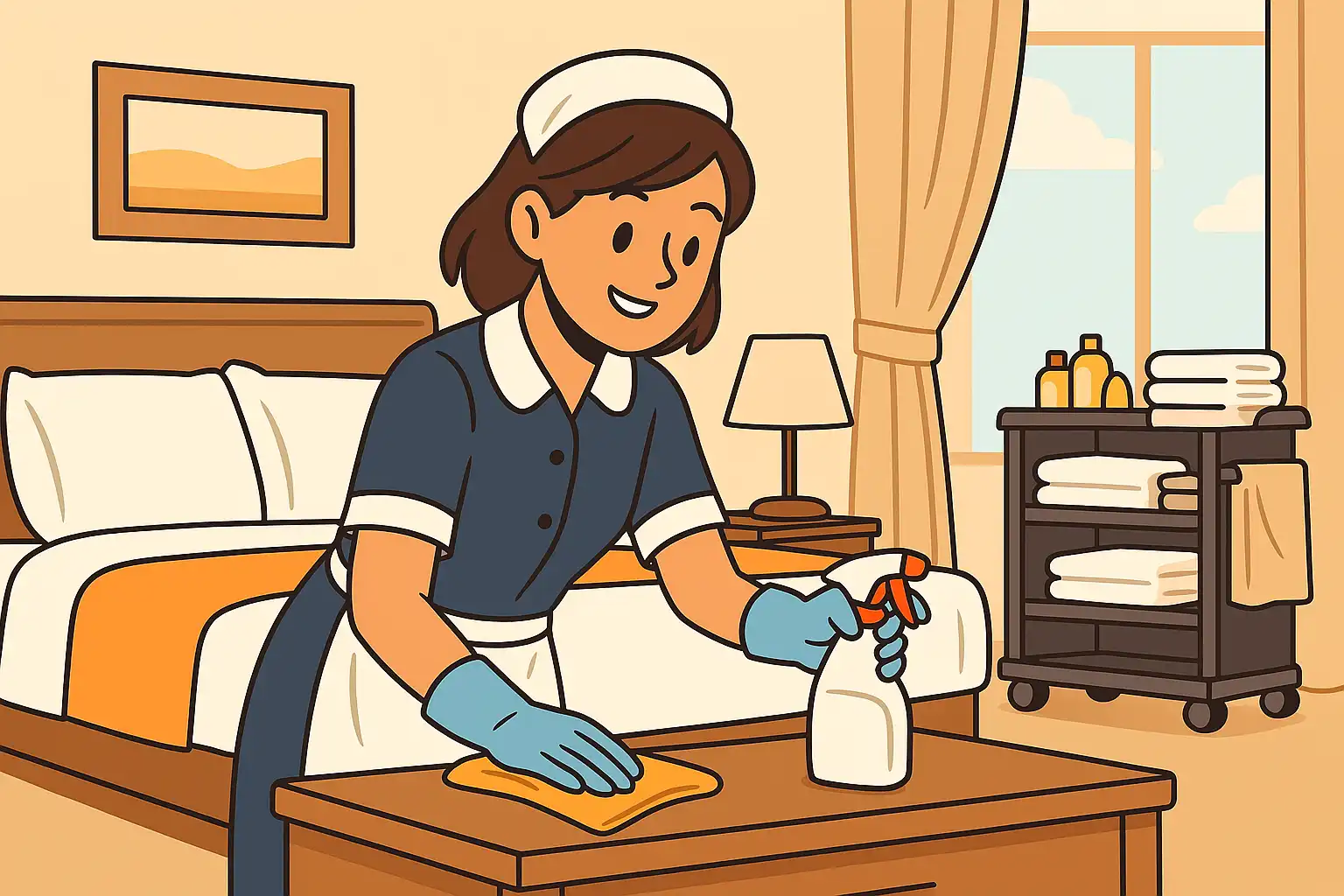
Common Area Cleaning Management
Cleaning common areas is a different challenge. These spaces see constant use and shape first impressions.
Lobby cleaning includes dusting furniture during low-traffic times and adapting floor cleaning to guest flow. The front desk needs special care since it’s a hub of guest interaction.
Elevators should be cleaned at least three times daily in busy hotels. Buttons, handrails, and floors need regular disinfection.
Hallways require vacuuming carpets and spot-cleaning walls to keep them looking fresh. Don’t forget emergency lighting and exit signs.
Communication between housekeeping and front desk is key. For example, if a guest reports a spill in the lobby, front desk should alert housekeeping immediately to prevent slips and maintain appearance.
Restaurant and Food Service Areas
Coordinate with kitchen staff to clean tables and chairs without disrupting service. Use food-safe cleaners to sanitize surfaces between guests.
Deep clean booths and chairs weekly to prevent odor buildup.
Adjust floor cleaning methods based on surface types—tile, carpet, hardwood—to ensure safety and cleanliness.
Recreational Facilities
Pool decks need slip-resistant cleaning to remove algae and dirt safely.
Lounge chairs and umbrellas require regular disinfecting due to skin contact and sunscreen residues.
Gym equipment must be sanitized after each use. Provide cleaning stations with wipes and signage encouraging guest participation.
Business centers need careful cleaning of electronics without damaging devices.
Spa areas demand specialized cleaning for high humidity and pathogen control.
Laundry Operations and Linen Management
Laundry is at the heart of hotel cleanliness. Industrial washers keep linens hygienic by washing at 160°F with strong detergents.
Sort linens by soil level and fabric type to avoid damage and optimize washing.
Treat stains promptly—makeup, food, bodily fluids all need different approaches.
Inspect linens during folding to remove damaged or stained items from circulation.
Maintain linen inventory with at least 3.5 sets of linens per room to cover turnover and unexpected demand.
Coordinate laundry and housekeeping to ensure fresh linens are available for quick room turnover.
Deep Cleaning Schedules and Procedures
Deep cleaning goes beyond daily tasks. It follows a schedule to cover maintenance needs without disrupting guests.
Carpet extraction and upholstery cleaning happen quarterly to remove deep dirt and allergens.
Windows get interior cleaning weekly and exterior monthly, depending on weather.
HVAC filters change every 30-90 days to improve air quality and lower energy costs.
Mattresses get rotated and sanitized annually to maintain comfort and hygiene.
Deep cleaning also helps catch minor maintenance issues before they grow costly.
Housekeeping Technology and Equipment
Modern housekeeping software tracks room status, assigns tasks, and connects staff with front desk and management. This coordination speeds up cleaning and improves guest satisfaction.
Front desk can see which rooms are ready, helping avoid guest wait times.
Supervisors use task management to monitor cleaning times and quality, spotting training needs.
HEPA vacuums and microfiber cloths deliver better cleaning with less chemical use.
Electrostatic sprayers ensure even disinfectant coverage on large surfaces.
Organize carts to hold 20+ supplies efficiently and avoid cross-contamination.
Mobile apps help staff communicate instantly with other departments, speeding up guest request responses.
Inventory features track supply use and reorder automatically to prevent shortages.
Quality Control and Inspection Systems
Two-step inspections—first by housekeeping, then supervisors—ensure standards are met.
Use pass/fail scoring for objective cleanliness checks.
Guest feedback highlights issues internal inspections might miss.
Track staff training and performance metrics like rooms cleaned per hour and guest satisfaction scores.
Random inspections keep quality consistent, not just when audits are expected.
Health and Safety Protocols
Housekeeping staff need proper PPE to protect against chemicals and hazards.
Train staff on chemical safety, including reading Safety Data Sheets and emergency procedures.
Bloodborne pathogen protocols cover safe cleanup of contaminated materials.
Ergonomics training prevents injuries like back strain and slips.
COVID-19 protocols include extended disinfection, focus on high-touch areas, and quarantining rooms when needed.
Keep thorough records of safety training and incidents.
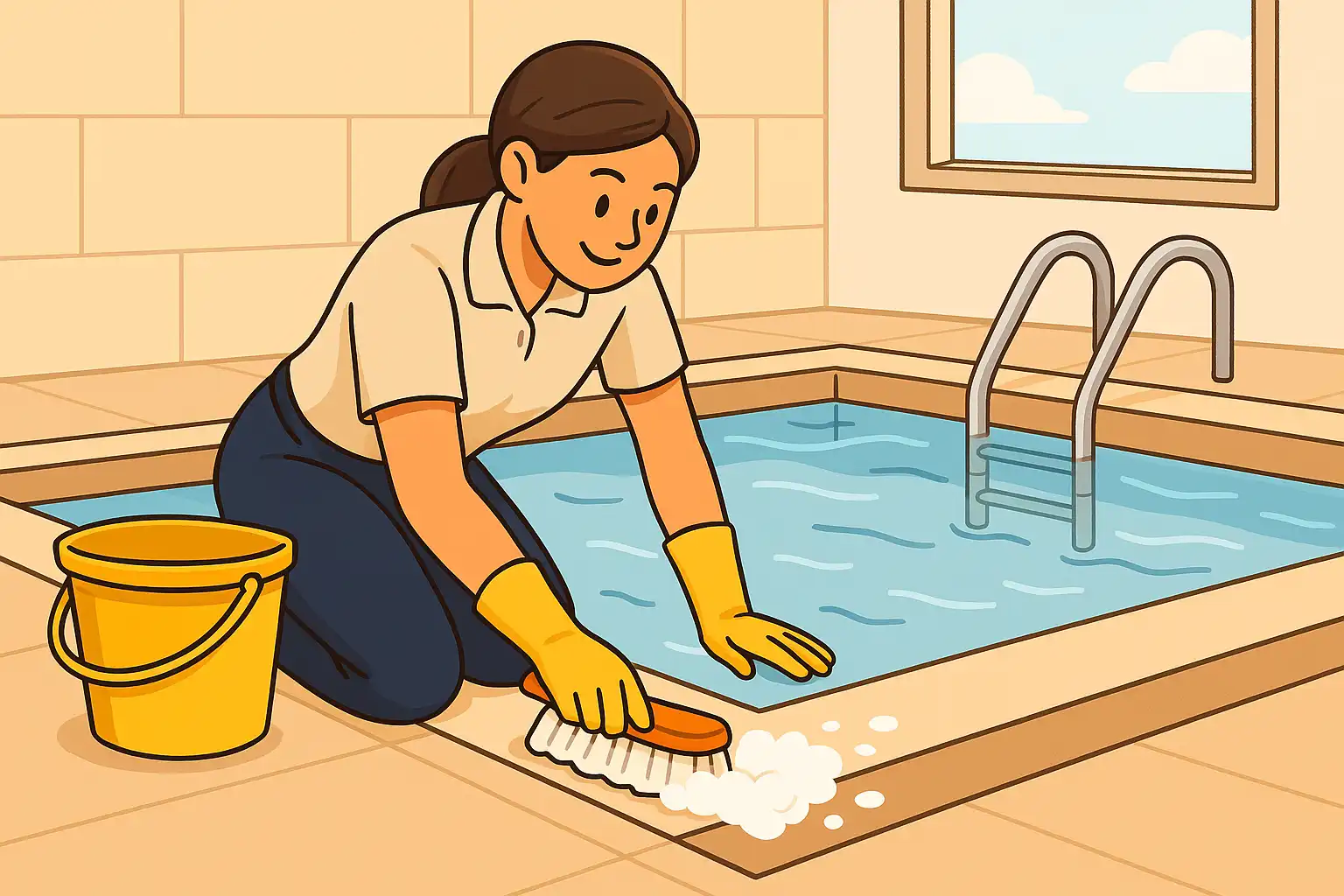
Staff Training and Development
New hires get a 90-day training program with weekly assessments.
Cross-train staff across departments for flexibility and better teamwork.
Ongoing education covers new cleaning methods, products, and regulations.
Language training improves communication and safety.
Recognition programs link cleaning scores to rewards, motivating staff.
Clear career paths help retain experienced employees and build leadership.
Track training progress and compliance closely.
Investing in training pays off with better cleaning, lower turnover, and happier guests.
Pro Tip:
Use housekeeping software that integrates with your Property Management System (PMS) to automate room status updates. This reduces guest wait times and helps housekeeping prioritize tasks efficiently.
Myth vs Reality:
Myth: Deep cleaning is a one-time fix.
Reality: Deep cleaning is a scheduled, ongoing process that keeps your hotel consistently fresh and prevents costly maintenance issues.
Professional hotel cleaning is about more than just ticking boxes. It’s a coordinated effort involving clear procedures, smart technology, and well-trained staff—all aimed at delivering a safe, inviting experience that guests notice and appreciate.
Key Takeaways
- Cleanliness drives guest satisfaction and protects your hotel’s reputation.
- Follow systematic cleaning protocols for guest rooms, bathrooms, and shared spaces.
- Use EPA-approved disinfectants and color-coded cloths to avoid cross-contamination.
- Deep cleaning and preventive maintenance should be scheduled regularly.
- Leverage housekeeping software for task management and communication.
- Invest in thorough staff training and health and safety compliance.
- Monitor quality through inspections and guest feedback.
Implementing these standards won’t just keep your hotel clean—it will keep your guests coming back. Let’s make every stay a spotless success.
